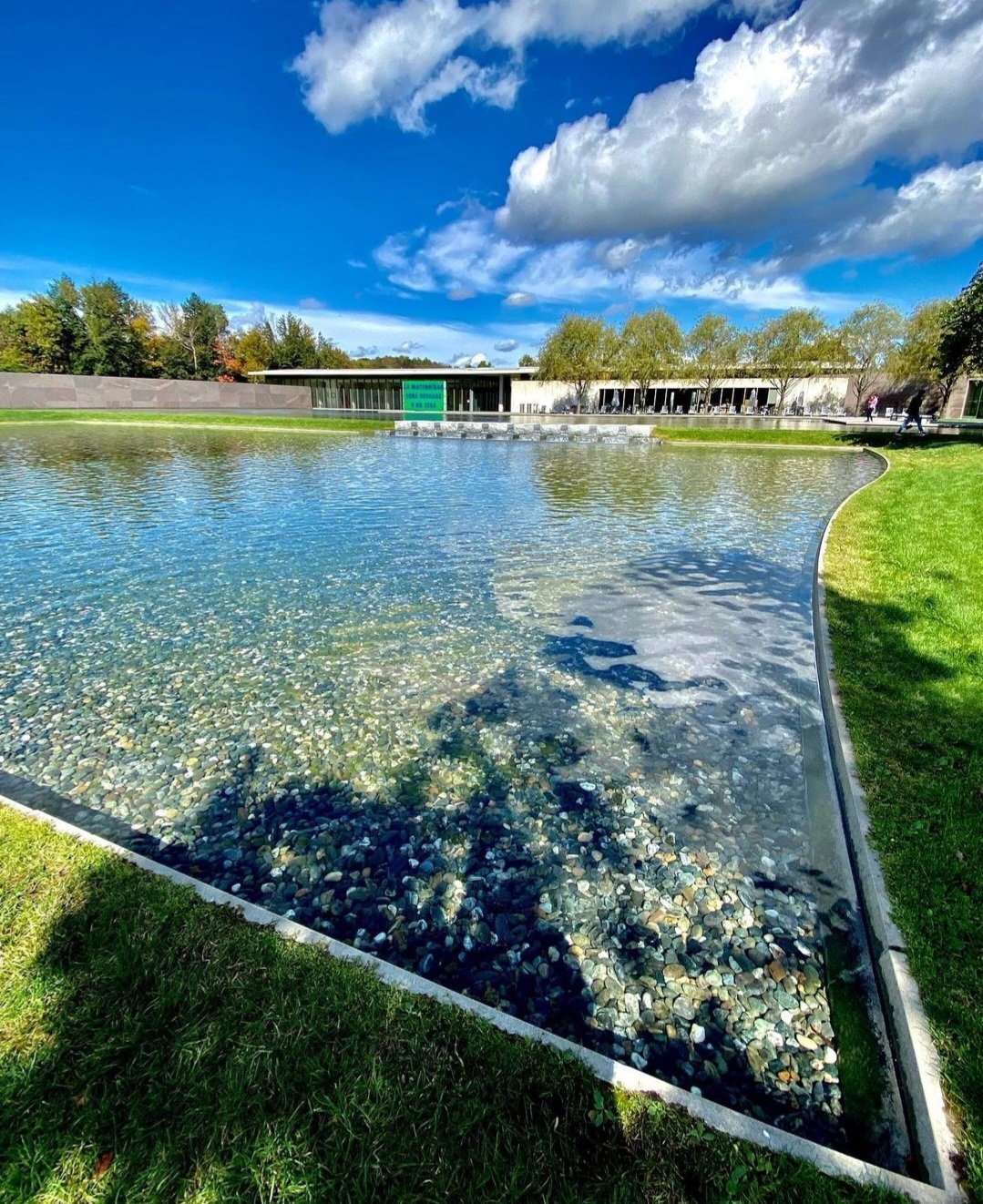The Clark Art Institute Research and Academic Program

The history of the Clark Museum goes back to Sterling and Francine Clark, who’s passion for art and art’s education inspired them to open a gallery in the 1950s to display their collection. Sterling Clark was an heir to the Singer Sewing machine fortune, and he shared his father’s interest in collecting fine art. Following Clark’s career in the United States Army, he began collecting art in earnest while living in Paris starting in 1910, and with his wife, Francine, together they bought the finest paintings, silver, porcelain, drawings, and prints to bring back to the United States. Amongst his collections were works by Sargent, Homer, Degas, and Renoir. With the opening of their Art Institute in 1955, the public was able to see their private collection, but additionally it was designed as a center for research and higher education.
The history of the Clark Museum goes back to Sterling and Francine Clark, who’s passion for art and art’s education inspired them to open a gallery in the 1950s to display their collection. Sterling Clark was an heir to the Singer Sewing machine fortune, and he shared his father’s interest in collecting fine art. Following Clark’s career in the United States Army, he began collecting art in earnest while living in Paris starting in 1910, and with his wife, Francine, together they bought the finest paintings, silver, porcelain, drawings, and prints to bring back to the United States. Amongst his collections were works by Sargent, Homer, Degas, and Renoir. With the opening of their Art Institute in 1955, the public was able to see their private collection, but additionally it was designed as a center for research and higher education.
In the 1960s, great changes were made following the death of both Sterling and Francine. A large endowment allowed for further acquisitions of art pieces as well as the ability to expand upon the academic programs. A graduate program in art was established in conjunction with the nearby Williams College, and the first class of students began their graduate education in 1972. As the program grew, so did the need for new buildings to accommodate the growing art collection and academic facilities. The new Manton Research Center opened in 1973. 2007 brought an extraordinary gift from Sir Edwin and Lady Manton of more than 300 works of British Art, and in 2014 the Clark had its grand opening of the newly renovated Museum Building and landscape.
I cannot speak highly enough about the collection at The Clark. The newly renovated Museum Building is filled with light and is so thoughtfully blended into the surrounding environment after the completion of the new landscaping design. As a part of the permanent collection, visitors can see spectacular works such as Degas’s Little Dancer Aged Fourteen, Homer’s The Bridle Path, and Two Guides, portraits by Sargent, Home at Montclair by Inness, and Jane Avril by Toulouse-Lautrec, to name just a few examples.
There is also a fine collection of glassware, silver, stunning vases, furniture, serving pieces and even a Model D Pianoforte from the 1880s. Currently there is an exhibition of works by Guillaume Lethiere through October 14. This artist may not be as well-known as many of his contemporaries, but he played a key role in French painting in the late 18th and early 19th centuries. His work was admired by Napoleon Bonaparte’s brother, Lucien, and he was also respected as a teacher. Also on exhibition through Oct 27th are glass pieces from the Corning Museum of Glass. Visitors can see everyday glass objects and some exquisite decorative pieces.
The Clark happens to have one of the best and extensive research libraries in the country. The library was started in 1962 and has grown to contain over 296,000 volumes in over 130 languages. Students at the Clark and Williams College, scholars, researchers and even visitors have access to this amazing collection.
Visitors also have many options for special tours and events. At the end of September there is a music event taking place on the Moltz Terrace, with Malik Abdul-Rahmaan. In October there is a screening of The Three Musketeers, and a jazz concert on October 5th. During October alone, there are dozens of planned events, tours, lectures and live performances. The Clark Museum is a wonderful destination for any art lover and it is particularly beautiful this time of year, as the leaves are changing colors and the cooler fall weather brings us indoors where we can admire the masterpieces that inspired the Clarks to open a gallery in the first place.

